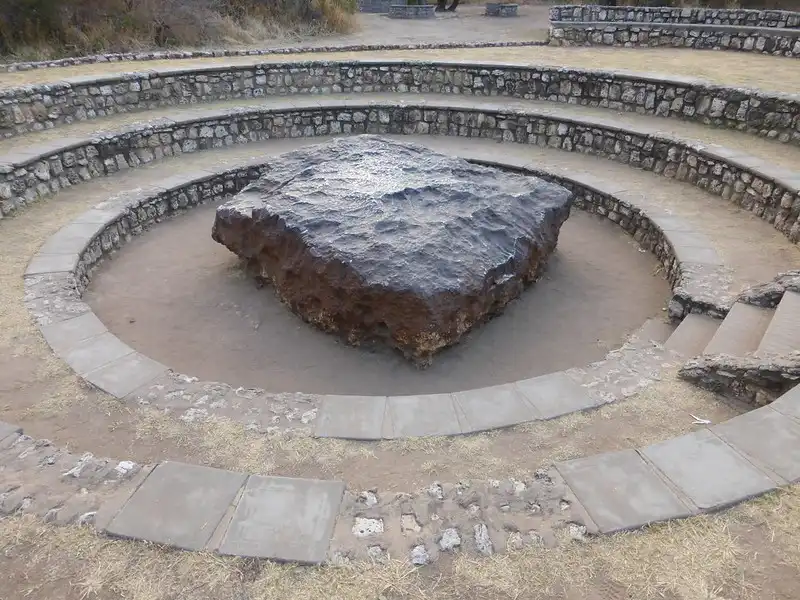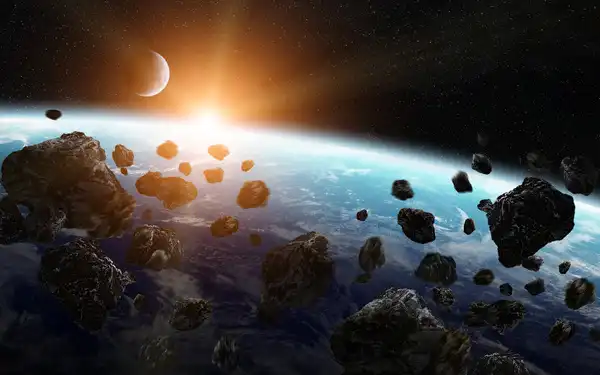In the vast expanse of space, there are countless wonders that capture our imagination. Among these celestial marvels are meteoroids, meteors, and meteorites. Although they may sound similar, each term describes a different stage in an object’s journey through space towards our planet. Let’s delve into the fascinating world of these cosmic travellers and discover how they differ.

What is a Meteoroid?
Imagine a tiny piece of rock or metal floating through space. That’s what we call a meteoroid. Meteoroids are like space rocks or debris wandering in the depths of our solar system. They vary in size, from as small as a grain of sand to as large as a boulder.

Meteoroids often come from asteroids or comets. Sometimes, when these celestial bodies collide or break apart, they release meteoroids into space. These tiny travellers zip around the solar system at incredible speeds, following their own paths through the darkness of space.

What Happens When a Meteoroid Enters Earth’s Atmosphere?
When a meteoroid enters the Earth’s atmosphere, it encounters resistance from air particles. This friction causes the meteoroid to heat up and glow brightly. The glowing trail it leaves behind is what we commonly refer to as a meteor or a shooting star.

Understanding Meteors
So, what exactly is a meteor? A meteor is the streak of light we see in the sky when a meteoroid burns up upon entering the Earth’s atmosphere. These fleeting flashes of light are a spectacular sight, often visible during meteor showers when numerous meteoroids enter the atmosphere at the same time.

Meteors can appear in various colours, depending on the composition of the meteoroid. Some may glow with a fiery red hue, while others might shimmer with blue or green tints as they streak across the night sky.

From Meteor to Meteorite: The Journey Continues
Not all meteoroids burn up entirely in the Earth’s atmosphere. Some survive the fiery descent and reach the ground as solid fragments. These remnants of meteoroids are what we call meteorites.

Meteorites can vary in size from tiny pebbles to massive boulders. Scientists study them to learn more about the composition of asteroids, comets, and distant planets. Each meteorite holds clues about the early history of our solar system, providing valuable insights into the formation and evolution of celestial bodies.

Summing Up
In summary, meteoroids, meteors, and meteorites are all part of the captivating story of objects travelling through space. Meteoroids are small rocky or metallic fragments floating in space. When a meteoroid enters the Earth’s atmosphere, it creates a bright streak of light known as a meteor. If a meteoroid survives the fiery journey and reaches the ground, it becomes a meteorite.

Next time you gaze up at the night sky and witness a shooting star, remember the incredible journey of the meteoroid it represents. From its distant origins in space to its fiery descent and eventual landing on Earth, each meteoroid has a story to tell, contributing to our understanding of the cosmos.

For more interesting articles, please visit www.kidzherald.com
With each twinkling light in the night sky, the mysteries of the universe unfold before our eyes, inviting us to explore and marvel at the wonders of the cosmos.





